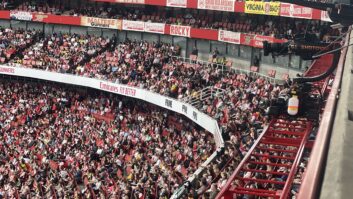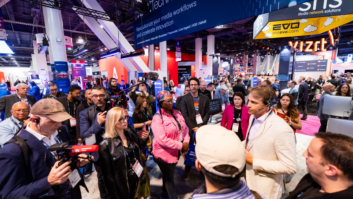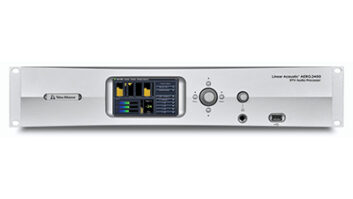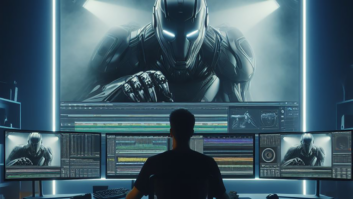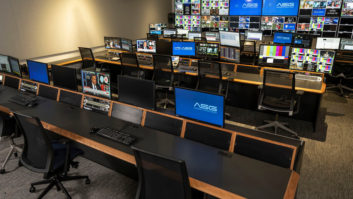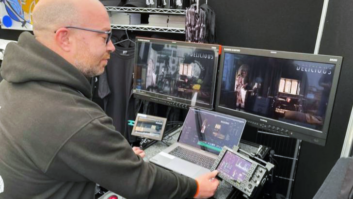Originally published in 1897, H.G. Wells’ science fiction novel The Invisible Man has been adapted in film, television, comics, even stage and radio productions. One of the first film adaptations of the story was Universal’s 1933 production of The Invisible Man – which coupled with other horror classics such as Frankenstein, Dracula, and Bride of Frankenstein – helped usher in a new era of horror cinema. Now, after 100 years since its original publication, director Leigh Whannell crafts his own vision of the timeless classic where the main character, Cecilia, works hard to prove that she is being hunted by someone nobody can see.
DoP Stefan Duscio ACS and digital imaging technician Christopher Reig employed the ARRI ALEXA LF and new ALEXA Mini LF cameras on the film.
Using the new ARRI ALEXA LF and Mini LF with Signature Primes, Reig knew that with large format sensors, despite the size of the camera, RAW capture generates a lot of data. Early on in planning the entire production workflow from set to post, Reig and the post team decided to use CODEX High Density Encoding (HDE) to reduce the size of the data by over 40 per cent without any loss in image quality.
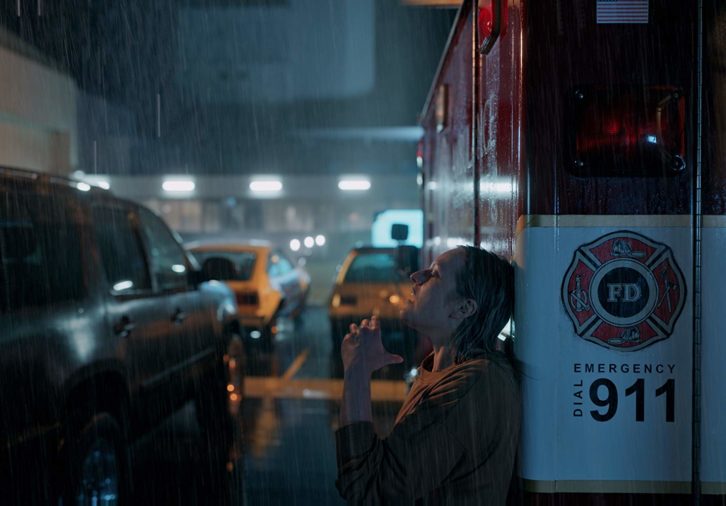
When it comes to being invisible, RAW capture allows the production to capture the full image quality of the sensor through the high quality of the ultraclean and sharp ARRI Signature Prime lenses and encode it with HDE to achieve the same image quality but in a reduced data footprint. That means cost savings for the production while providing Duscio with the ability to maximise the image quality with the ARRI ALEXA LF camera series.
“I love the ARRI ALEXA LF large format sensor and have been trying to shoot on it as much as possible over here in Australia,” says Duscio. “To be honest, it doesn’t change my working methods much in terms of lighting and gripping, though the end result has a lot more depth and dimension. The sensor size has hit a real sweet spot and opens up the use of so many more lenses, especially the new ARRI Signature Primes optimised for the ARRI ALEXA LF sensor.”
“Chris put us onto HDE to minimise our data use,” continues Duscio. “He was incredible, and we spent most evenings colouring the footage in DaVinci Resolve after we wrapped.”
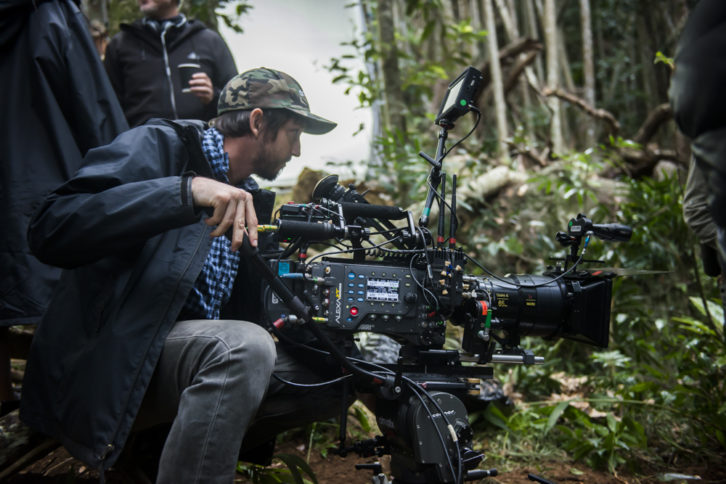
Reig recalls how encoding with HDE enabled his team to wrap up quicker at the end of the day while still managing the large format data generated from the production teams. “As Stefan mentioned, we employed HDE for all ARRIRAW material shot on the show for the obvious reasons of reducing the data footprint,” says Reig. “When Stefan and I were floating the idea of using HDE on the show, despite its pre-release status, I was a little sceptical we would get the ultimate sign-off from post production in the States. Not only did they green light our workflow, they were also feeling much better about the smaller data rates we generated versus straight ARRIRAW! To receive such an enthusiastic approval from post production is a testament to CODEX’s reputation of reliability.”
“Our data rate for 4.5K Open Gate HDE was around 950GB/hour, which is absolutely incredible given the 1,800GB/hour decoded original size,” adds Reig. “This puts large format cinematography and raw-format capture on the same playing field as Super35 ProRes captures. As a result, this allowed us to keep an entire copy of the show’s digital negative on portable RAID systems – which is something absolutely vital for turning around the film in the very condensed post schedule of this film.”
